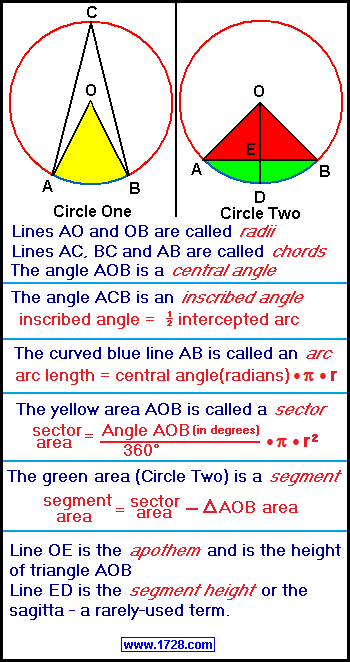A coupler in our icemaker broke and I'm not paying $60 for this tiny piece of metal. I have a small CNC mill so making the part is easy. Getting the dimensions is the hard part. Most of the projects that I've worked on had linear features that were relatively easy to measure with calipers. I've run into a few other parts with similar issues but this one is so simple that I thought this would be a good opportunity for me to learn the right way to dimension it. I have digital calipers, micrometer, surface plate and a height gage. I don't have any gage pins, radius gages or angle gages. Are there some techniques that I could use to get the dimensions that I need to draw this up in CAD?
The angle of the lugs and the radius on the through hole are the most difficult measurements for me.
The coupler is 0.70" in diameter and 0.50" tall.




The angle of the lugs and the radius on the through hole are the most difficult measurements for me.
The coupler is 0.70" in diameter and 0.50" tall.




.png)

 . I am also not convinced some of those small radii are very specific, just square edges knocked down (?)
. I am also not convinced some of those small radii are very specific, just square edges knocked down (?)


Comment